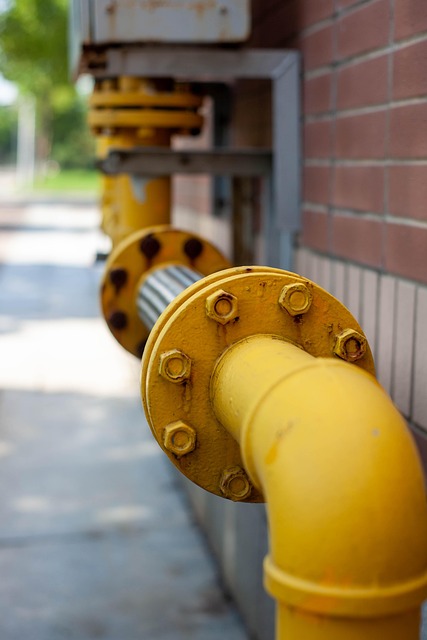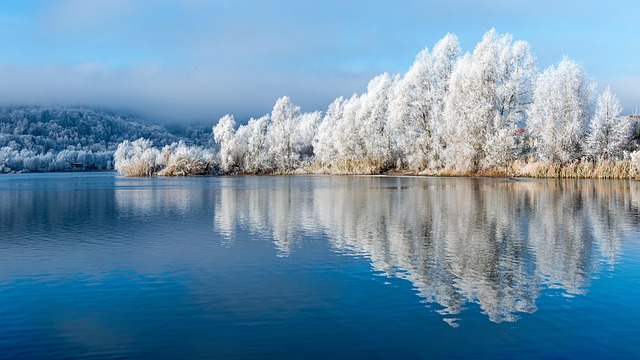Recognize frozen pipe warning signs early by checking for water pressure drops or unusual sounds. To prevent freezing, insulate exposed pipes, use heating tape or lamps, fix leaks promptly, and turn off water supply during extreme cold. If a pipe bursts, drain the water and contact a professional plumber. For long-term prevention, insulate pipes, maintain a functional heating system, and regularly perform maintenance checks.
Do you worry about frozen pipes during cold winters? Recognizing the warning signs is crucial for preventing costly damage. This article guides you through recognizing frozen pipe issues and offers immediate emergency steps to take when pipes freeze. Additionally, learn long-term solutions to implement for effective how to prevent frozen pipes strategies, ensuring a peaceful winter season without plumbing surprises.
- Recognizing the Warning Signs of Frozen Pipes
- Emergency Steps to Take When Pipes Freeze
- Long-term Solutions for Pipe Freezing Prevention
Recognizing the Warning Signs of Frozen Pipes

Frozen pipes can cause severe damage to your home, so it’s crucial to recognize the warning signs early on. One of the most obvious indicators is a drop in water pressure. If you notice that your water flow has significantly slowed down or completely stopped, it might be due to frozen pipes. Another common sign is rippling or gurgling sounds coming from your plumbing system. These unusual noises often occur when ice blocks form within the pipes, restricting water flow and creating air pockets.
To prevent frozen pipes, start by insulating exposed pipes, especially in unheated areas like garages or outdoor walls. Consider using heating tape or heat lamps to keep pipes warm. Regularly checking for leaks and addressing them promptly can also help. During extremely cold weather, turn off the water supply to sensitive areas like sinks and faucets, and let the remaining water in the pipes drain to minimize the risk of freezing.
Emergency Steps to Take When Pipes Freeze

If your pipes have suddenly become a cause for concern, it’s time to act fast. Freezing temperatures can turn your water lines into ice, leading to serious damage if left unattended. Here are some emergency steps to take when faced with frozen pipes:
1. Shut off the Water Supply: The first step is to prevent more water from entering the frozen pipes. Locate your main shut-off valve and close it tightly. This will stop the flow of water and minimize potential damage.
2. Isolation and Insulation: If possible, turn off the heat in areas where pipes are accessible. Open cabinet doors to allow warm air circulation around the pipes. Wrap insulating materials like towels or blankets around exposed pipes to retain warmth. For hard-to-reach pipes, consider using heating pads set on low heat to keep them from freezing.
3. Drain Water: If a pipe has already burst due to freezing, drain the water to prevent further damage. Place buckets under leaks and direct the water away from your home’s foundation.
4. Call a Plumber: In severe cases, don’t hesitate to contact a professional plumber immediately. They have the expertise and tools to handle frozen pipes, including specialized equipment to thaw frozen lines safely.
Long-term Solutions for Pipe Freezing Prevention

To prevent pipes from freezing in the long term, consider implementing several strategies. First, insulate pipes that are exposed or run along exterior walls and under floors. This simple step significantly reduces heat loss, keeping water within a safe temperature range. Next, use thermal insulation for pipes to provide an extra layer of protection against cold temperatures.
Additionally, make sure your home’s heating system is functioning optimally. Adequate space heating ensures that every part of your home remains at a consistent, warm temperature, reducing the risk of pipe freezing in areas that may be prone to colder spots. Regularly maintain and update your heating system as needed to ensure its efficiency and effectiveness in preventing frozen pipes.
Freezing pipes can cause severe damage, but recognizing the warning signs and taking proactive measures can prevent these issues. By understanding how to identify frozen pipes early on, you can implement emergency steps to mitigate immediate risks. Additionally, adopting long-term solutions for pipe freezing prevention will ensure your plumbing system remains secure throughout the cold seasons. Remember, a little preparation goes a long way in safeguarding your home from the perils of frozen pipes, making it an investment worth making for peace of mind and financial savings.
